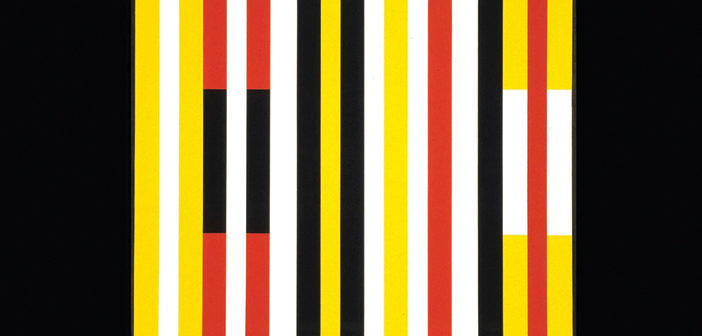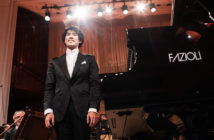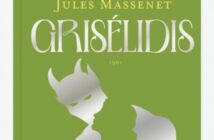
This page is also available in / Cette page est également disponible en:
![]() Francais (French)
Francais (French)
-
Atma classique5
Penderecki: String Quartets Nos. 1-3; String Trio; Quartet for Clarinet and String Trio; Der unterbrochene Gedanke
Quatuor Molinari;
André Moisan, clarinet
ATMA ACD22736
Total time: 63 minutes
It is well known that Krzysztof Penderecki (1933-2020) started creative life as an avant-gardist and ended up in quite another place. Montreal’s Quatuor Molinari here outlines his progress chronologically. We begin in 1960 with the nervous and non-harmonic plucking and tapping of the six-minute String Quartet No. 1. In its successor score, eight years later, the Polish master adds three minutes along with fierce tremolos, forceful pulses and wailing glissandi that might be compared to the sounds of his celebrated Threnody to the Victims of Hiroshima. Both quartets are compact powerhouses but the advance in expression is clear. Then we hear the two-minute Der unterbrochene Gedanke (‘The Interrupted Thought’) of 1988 in which a passage of fugal writing suggests a reexamination of Bartók. Progress! Intense chromaticism prevails again in the String Trio (1990). The viola sounds a little lonely and overextended near the opening but there is still much to savour, including some high-tension counterpoint in the second movement. Goodness, this work ends with a perfect cadence.
The Quartet for Clarinet and String Trio of 1993 starts with a quietly evocative Notturno in which André Moisan and violist Frédéric Lambert exchange moody commentary while cellist Pierre-Alain Bouvrette supplies a sustained low B flat (i.e. the C string tuned down). The inward-looking Abschied finale scans as a mid-career farewell to the world. Skip ahead to 2008 and the String Quartet No. 3 and we find romantic, impressionistic, modern and even world-music effects coherently and imaginatively brought together in a robust, rhapsodic statement. The Molinaris manage the spectrum adeptly – they sound handsome and silky where this is Penderecki’s intention – and the ATMA team uses the resonance of the Église Saint-Augustin in Mirabel to good effect. Apart from furnishing sterling artistic leadership, first violin Olga Ranzenhofer writes the most detailed and helpful booklet notes I have read in a while. This recording was cut four years ago when Frédéric Bednarz was the second violin. It is wonderful addition to the substantial Molinari discography, strongly recommended to close and careful listeners.
This page is also available in / Cette page est également disponible en:
![]() Francais (French)
Francais (French)













